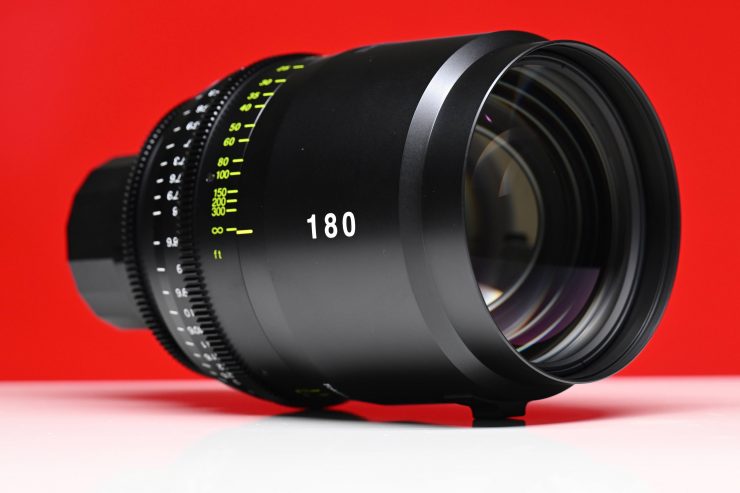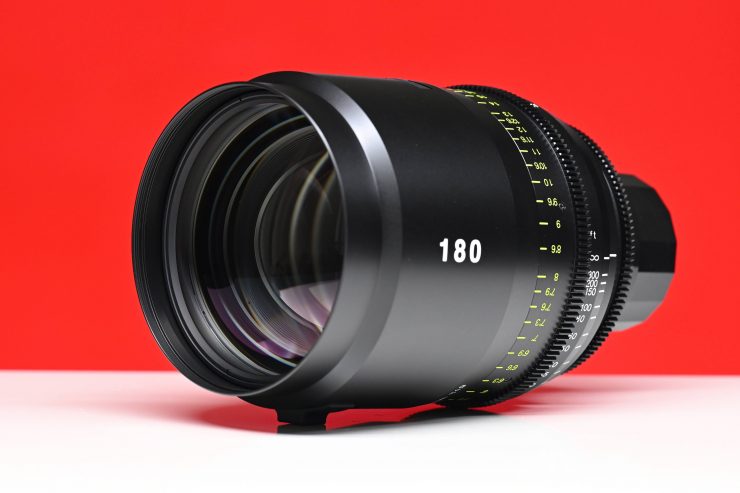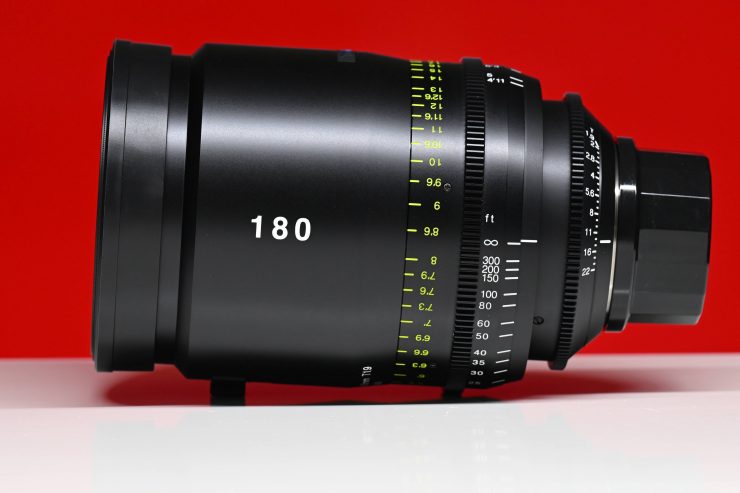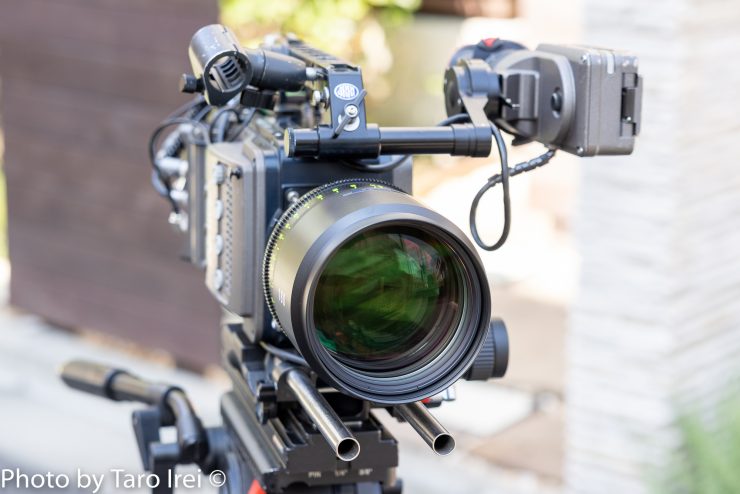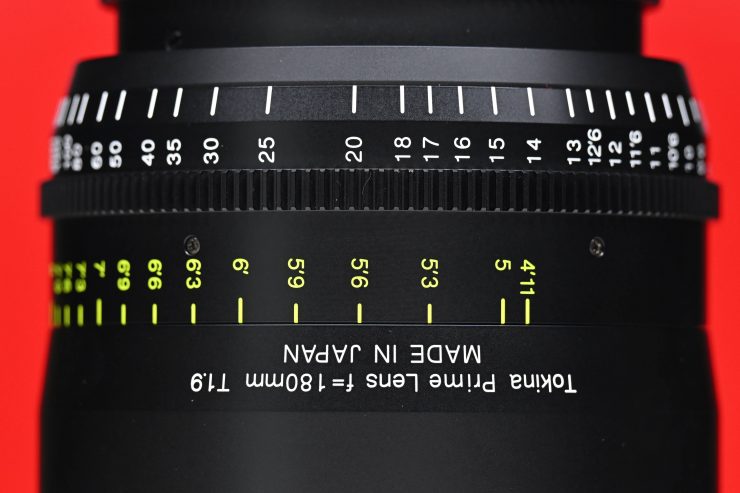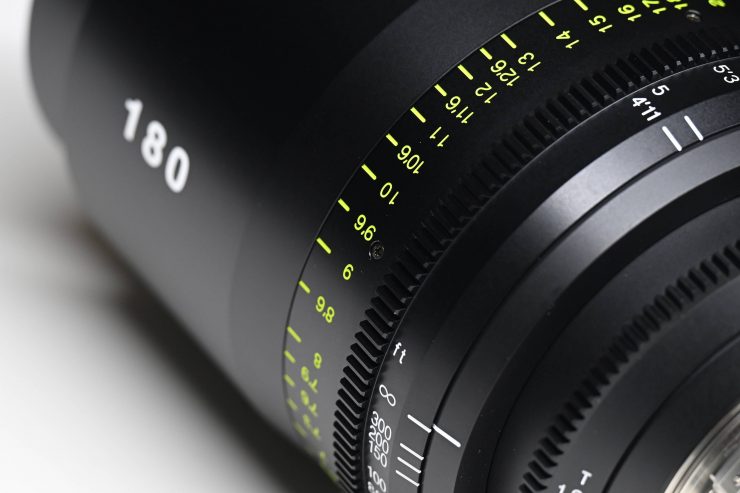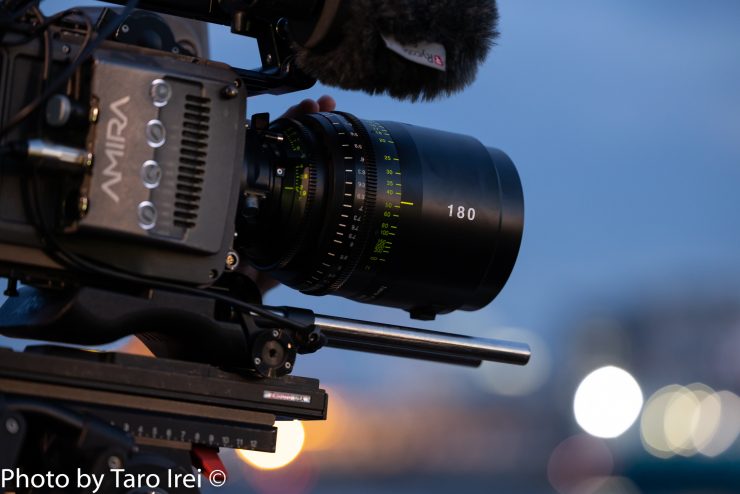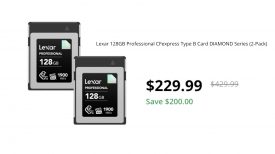
The Tokina Cinema Vista lenses have gained a lot of traction in the industry over the last few years. They are a very comprehensive range of fast primes that cover a 46.7mm image circle that allows them to be used on full frame and larger sensors. Tokina’s latest addition to the range is the 180mm T1.9 which now joins the 18, 21, 25, 29, 35, 40, 50, 65, 85, 105, and 135mm to form a 12 lens set.
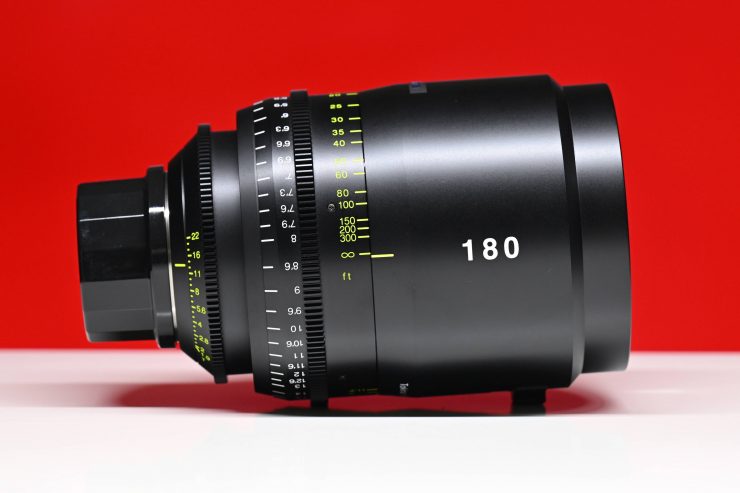
The 180mm T1.9 is an impressive feat of optical engineering. The closest lenses to this new offering would be the ARRI Signature Prime 200mm T2.5, Leitz Cine Prime 180mm T2, and Cooke S7/i Full Frame Plus 180mm T2.0.
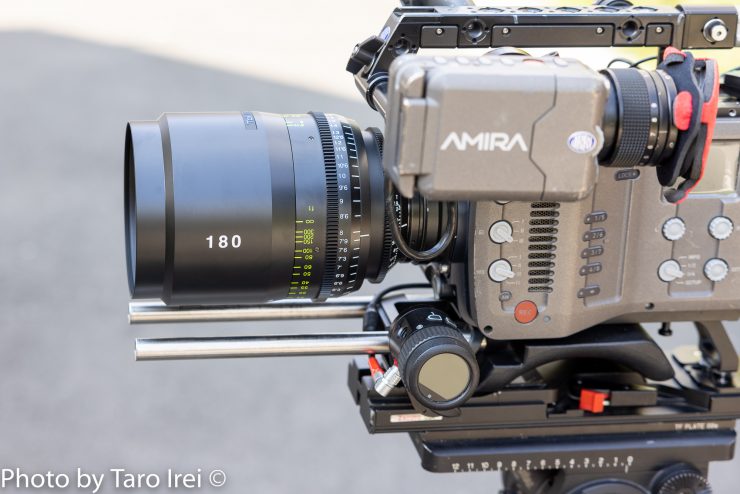
Key features
- Covers Full-Frame Sensor Size
- 46.7mm Image Circle, T1.9 Aperture
- Suitable for 8K Image Capture
- Clickless 9-Blade Iris
- Virtually No Lens Breathing
- Weighs 7.2 lb
The 180mm T1.9 Vista Prime lens was specially developed at the request of cinematographers and rental houses. The 180mm T1.9 shares the same characteristics as the other Vista primes. Tokina Cinema claims that distortion and chromatic aberration are virtually undetectable and that the lens has practically no focus breathing and exhibits a gentle roll-off from subject to background.
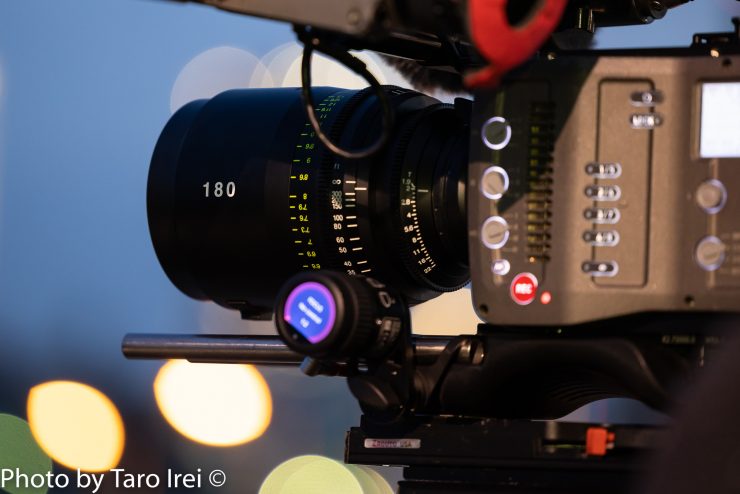
The biggest selling point for the Tokina Cinema Vista series is that not only do they come in a fast array of focal lengths but that they are all T1.5 apart from the 180mm. The lenses are also color-matched for consistency across the range.
I have previously reviewed quite a few of the lenses and I actually own the 21, 35, 50, 85 and 135mm. From my experience using the Tokinas, I found that they provide beautiful imagery, are tack sharp even wide open, and have almost no focus breathing. I personally think that the lenses are very underrated compared to a lot of the competition. The only real downside to them is their weight, and this alone could be enough to put some potential buyers off.
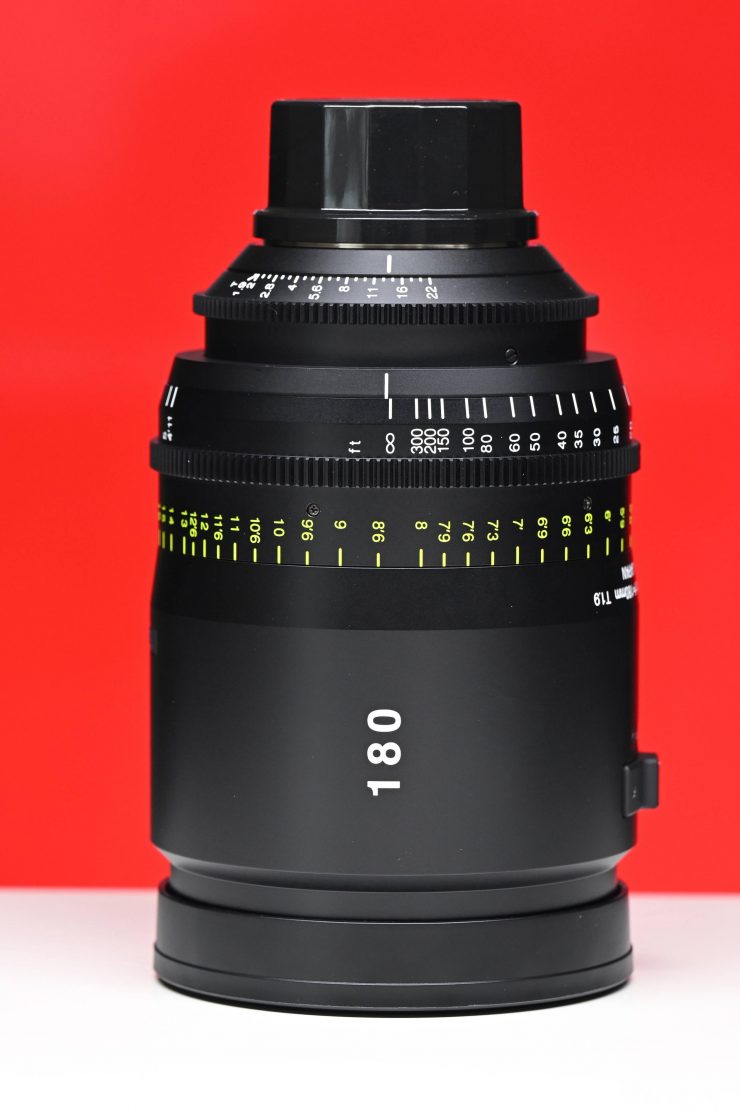
The Tokina Cinema Vista 185mm T1.9, at least to my knowledge, is the fastest full frame 185mm lens in the world, although you can take that with a grain of salt as both Leitz Cine and Cooke make T2 180mm prime lenses. The lens will even cover some of the shooting modes on the Alexa 65. I remember a few years ago Tokina Cinema told me that it was too hard to make a 135mm with a T1.5 aperture. Well, not only did they end up making a 135mm T1.5, but they went on to make a 185mm T1.9. I don’t think it would have been possible to make a 185mm T1.5 without the lens being enormously big, extremely heavy, and very expensive.
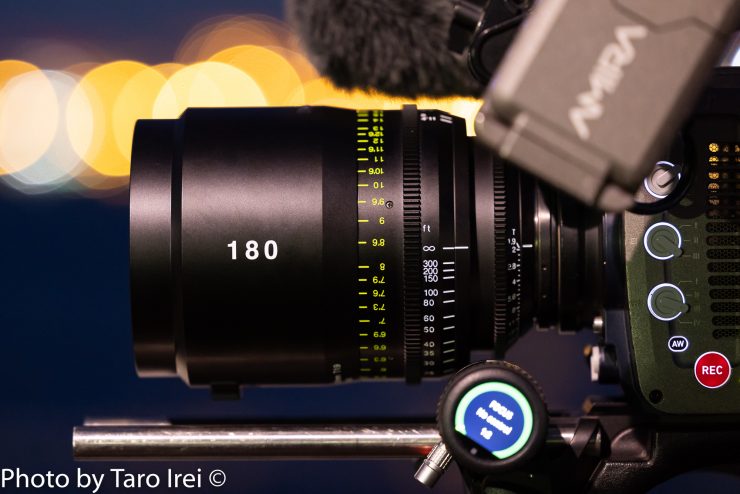
The 180mm focal length lens shares the same form factor, lens gear position, and focus rotation (300°) as the other Tokina Cinema Vista prime lenses. Even though the lens has a fast T1.9 aperture, Tokina has also managed to keep a 114mm outside diameter which is impressive given the optical challenges of creating a lens like this. Having a 114mm front allows for easy attachment of a matte box and filters. The lens is also threaded to accept 112mm filters.
Optical Design
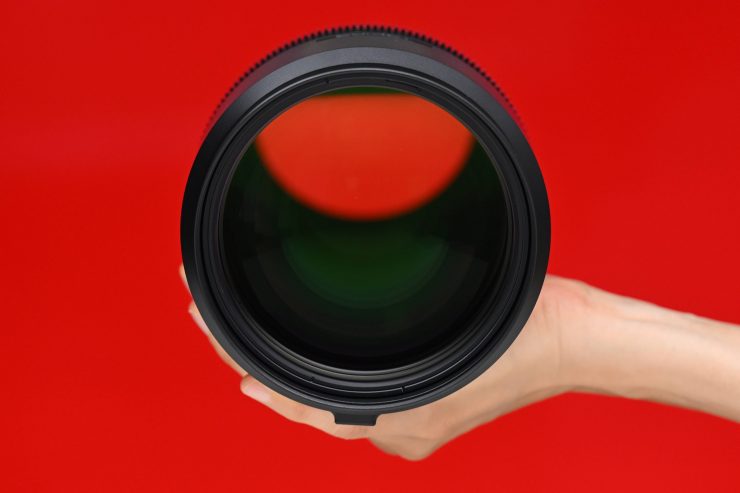
The lens features two aspherical elements and it has 9 aperture blades. The optical design consists of 17 elements in 14 groups. Making a lens that is 180mm, with a T1.9 aperture, and minimal focus breathing, that covers an image circle of φ46.7mm is quite an engineering feat.
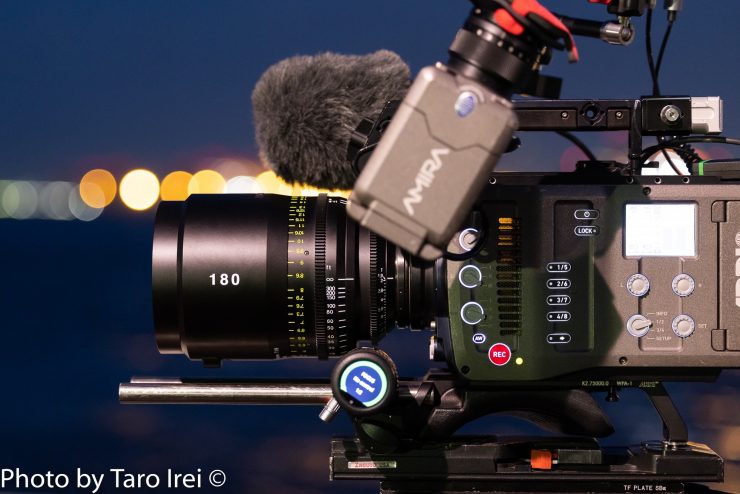
The lens has a minimum focus distance of 4ft 11” / 149.86 cm, with a maximum magnification ratio of 1:7.91. As a comparison, the Leitz Cine Prime 180mm T2 has a minimum focusing distance of 4ft 9″ / 144.78 cm, and the Cooke S7/i Full Frame Plus 180mm T2.0 has a minimum focusing distance of 41″ / 104.1 cm (from front of lens)
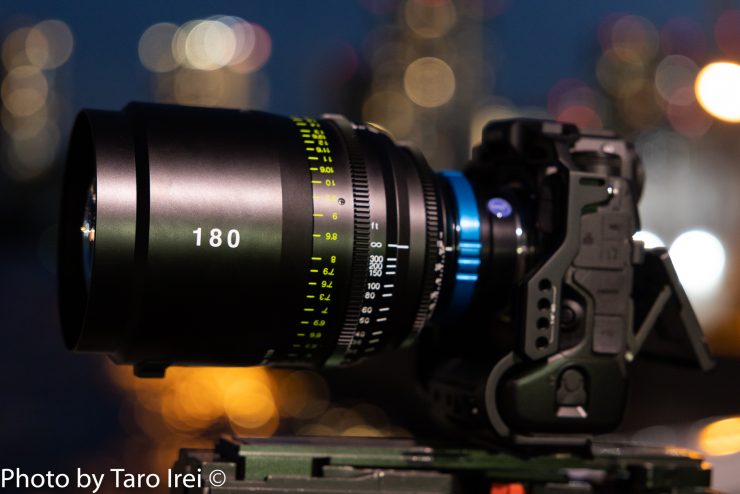
Images are fully resolved at 8K+ resolution and the lens covers both Vistavision and Super35 formats. The 180mm T1.9 would work well on modern large sensor cameras like the RED V-Raptor, ARRI Alexa Mini LF, Canon C500 mkII, Sony Venice 2 and FX9.
Size & Weight
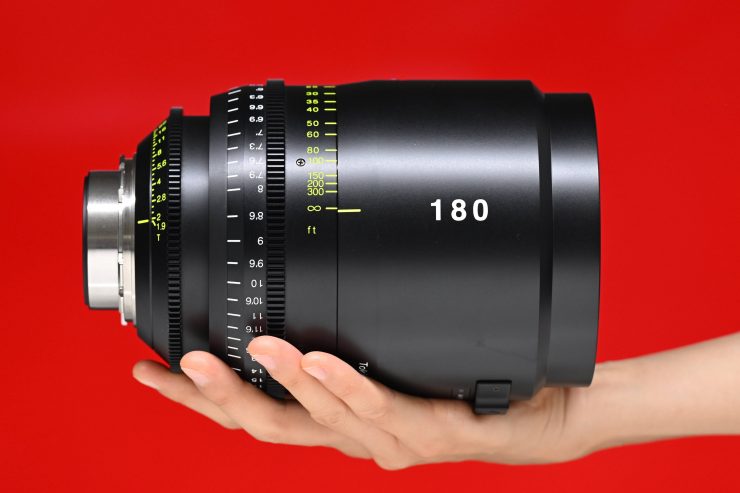
It comes as no surprise that size-wise it is larger and heavier than the other Vista series lenses. The 185mm T1.9 is 19.5cm / 7.67″ long and weighs 7.19 lbs / 3.26kg (in PL mount).
| WEIGHT | |
| Tokina Cinema Vista 185mm T1.9 | 7.19 lbs / 3.26kg |
| Leitz Cine Prime 180mm T2 | 6.83 lb / 3.1 kg |
| Cooke S7/i Full Frame Plus 180mm T2.0 | 7.9 lb / 3.6 kg |
As a comparison, above you can see what other competing lenses weigh. The Tokina Cinema Vista is a little bit heavier than the Leitz Cine, but lighter than the Cooke.
| LENGTH | |
| Tokina Cinema Vista 185mm T1.9 | 19.5cm / 7.67″ |
| Leitz Cine Prime 180mm T2 | 20.1 cm / 7.93″ |
| Cooke S7/i Full Frame Plus 180mm T2.0 | 19.9cm / 7.8″ |
Above you can see how the physical length of the 180mm T1.9 compares against the competition. The Tokina Cinema Vista is slightly shorter than the Leitz Cine and Cooke, but not by any big real world difference.
Built like a tank
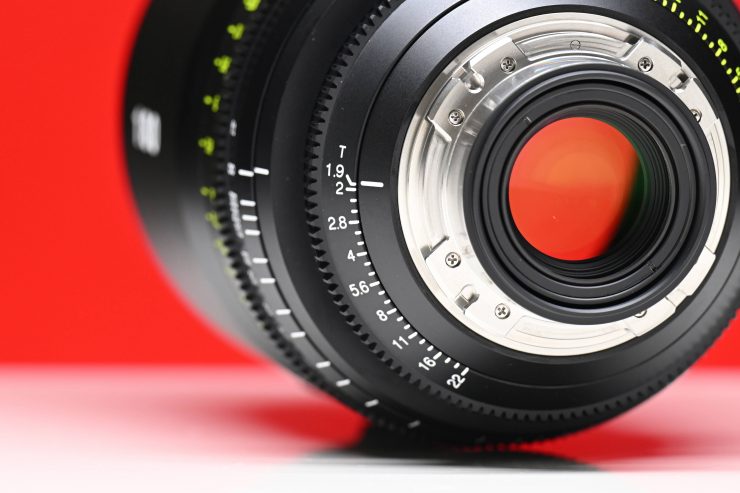
At 3.26kg, the 185mm T1.9 is a heavy piece of glass, and in that regard, as you would expect, it feels very solidly made. The outside of the lens casing is hard metal and while it has been designed in a matte black finish to avoid light reflecting off it, it is susceptible to marks and scratches. Tokina Cinema recently announced a new customized color option for its Vista Prime lenses. Vista Custom as it is being referred to as is a highly durable ceramic custom color treatment for any Vista Prime lens, whether new or previously purchased.
The iris and focus rings are beautifully weighted and their operation is very smooth. The focus rotation is 300 degrees, which is great if you are using a follow focus, but if you are pulling focus by hand you will find it difficult going from the minimum focus to the maximum focus point.
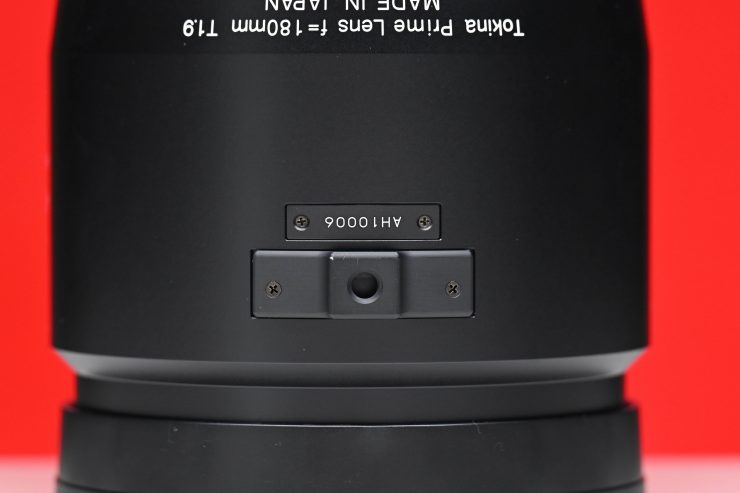
There is a built-in lens support adapter that takes a 1/4-20″ thread. Being as heavy as the lens is, it’s probably a good idea to use a lens support.
Markings
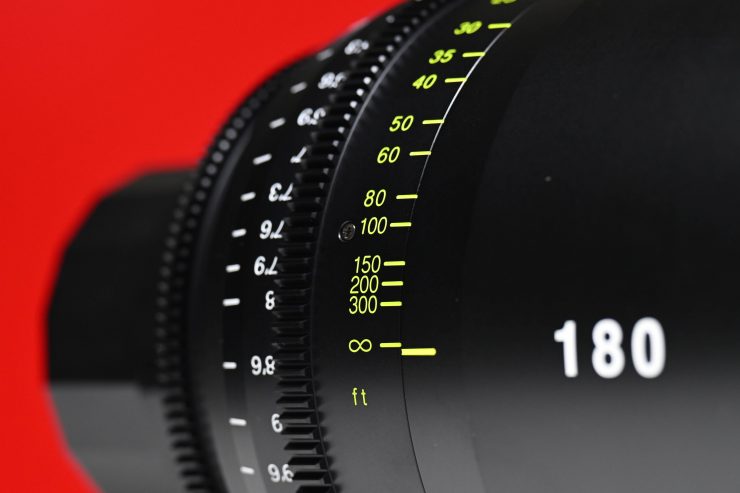
The 185mm T1.9 Cinema Vista has clearly marked focus and iris scales on both sides of the lenses. There certainly are a lot of markings and some cinematographers or camera assistants may think there are too many. What I did discover from going into rental houses here in Japan and talking to camera assistants and cinematographers who work here is that they actually like having lots of marking on lenses. As the lenses are made in Japan this is probably why there are so many markings. I personally don’t mind having lots of markings, but it may not be to everyone’s taste.
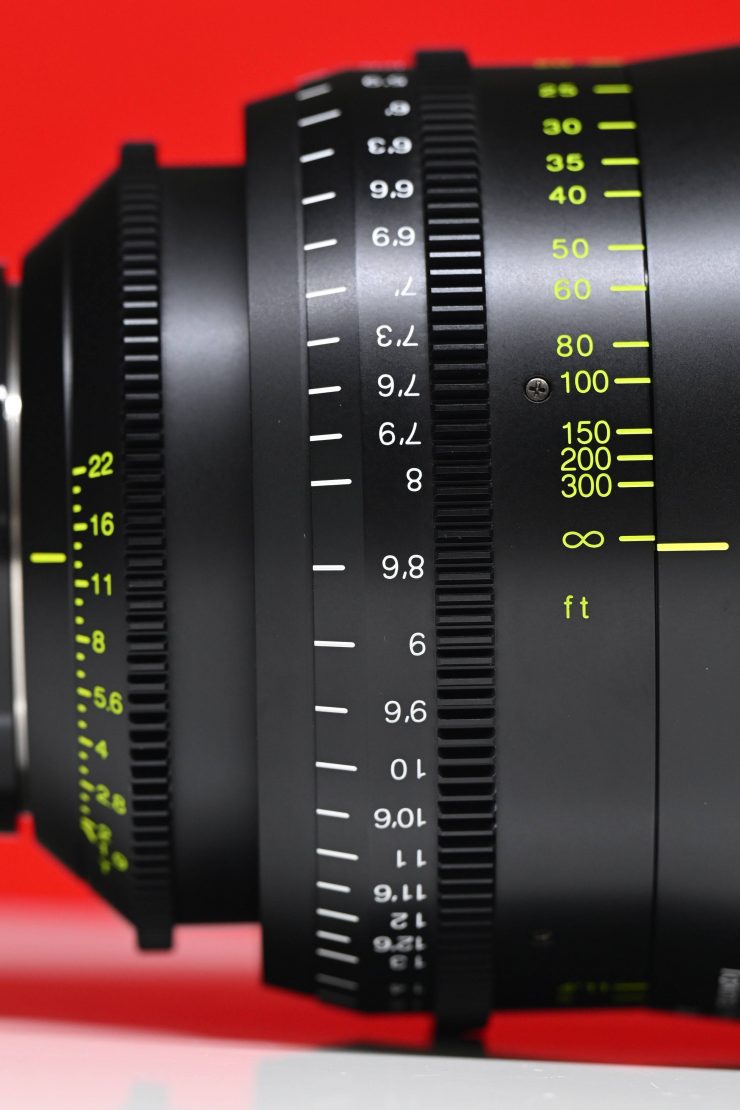

Camera assistant’s side 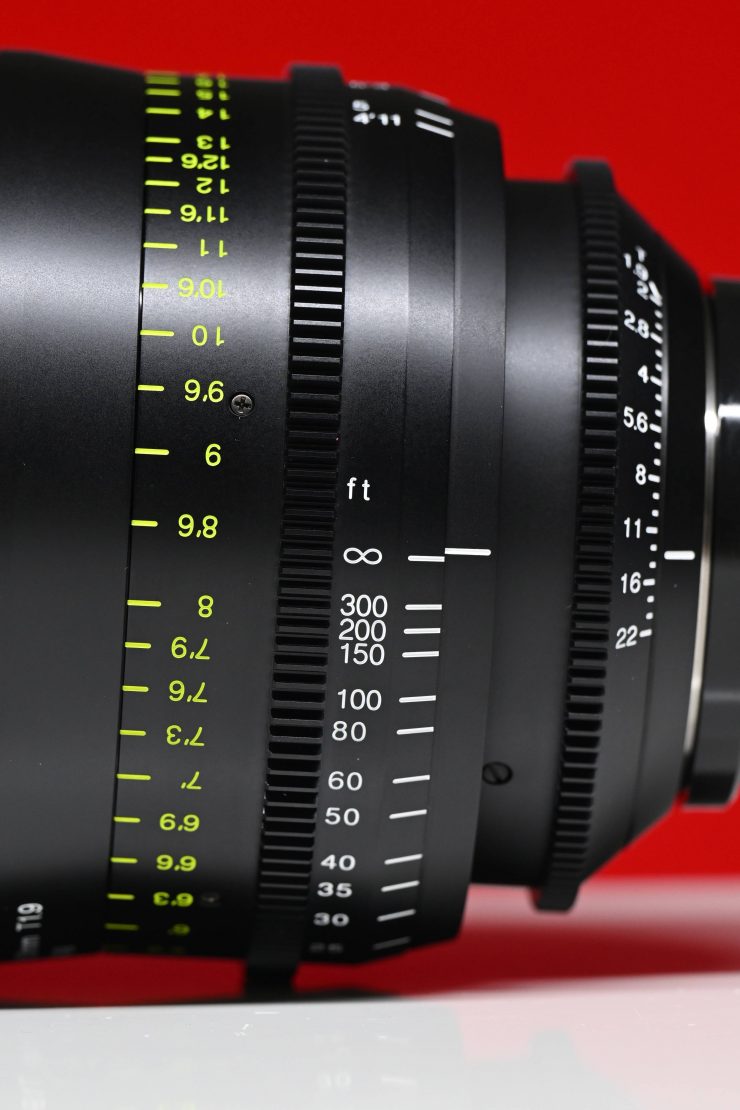
Operators side
The markings are easy to read and can be seen on both sides of the lens. On the operator’s side, they are white in color, and on the camera assistant’s side, they are a fluoro yellow.
Available Mounts
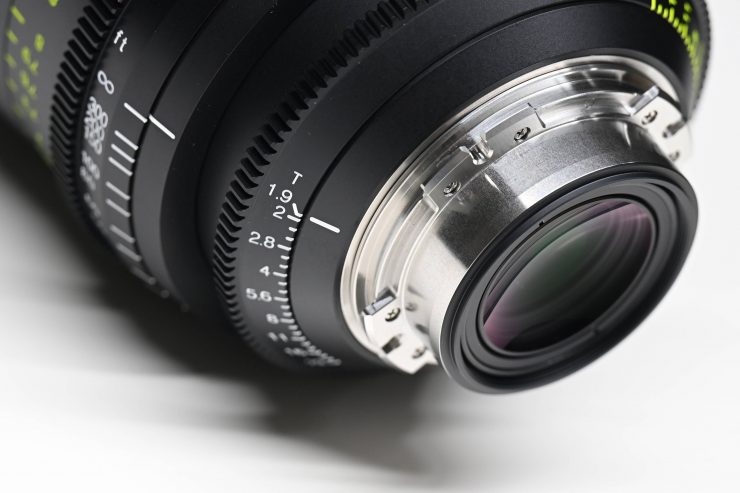
The lens is available in PL, Canon EF, M4/3, Sony E Mount, as well as ARRI LPL. The mount is changeable, but unfortunately, this is not something you can do yourself. I personally don’t like mounts that you can change yourself. If you don’t know what you are doing you can easily make mistakes and end up affecting the behavior of the lens if it isn’t done correctly.
No Breathing?
I tested out the lens by doing large focus throws and to my eye, there is virtually no noticeable breathing. What you do see is some perspective shift which is normal when refocusing a lens.
Image shift is the change in location of a fixed point after a focus rack. It should be in the same spot after you rack focus.
Perspective shift is the focal length of the lens being modified by the movement of the optics. A slight change in focal length may happen if there is a floating element that moves and is not properly corrected for in the design. Certainly the great majority of lenses have this issue. It’s also tenths of a mm so not overly noticeable.
Focus breathing is a change in image size so the size of object will get larger as it moves out of frame. That is reproduction size.
In summary,
Fall off and Vignetting
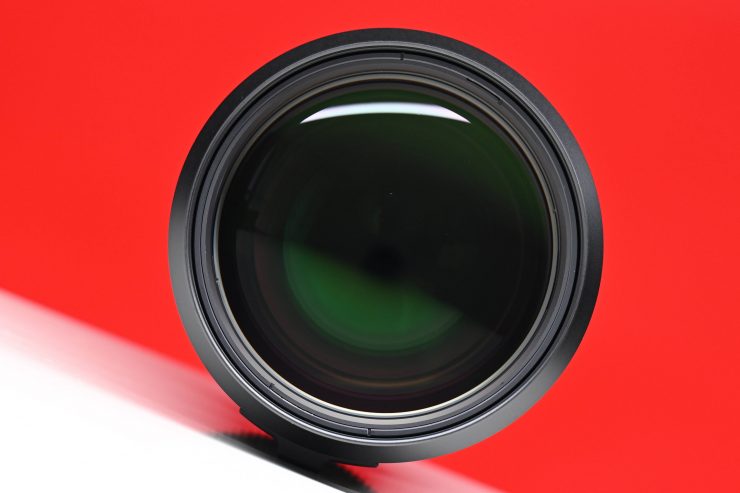
The lens has a really nice fall off and it throws a 54mm light circle so you get a nice amount of illumination across your image without any vignetting.
Sharpness
This is where the Tokina Vista lenses excel. All of the focal lengths that I have tested have been extremely sharp, even when used wide open at T1.5. The 180mm is no exception, and it is nice and sharp even at T1.9 on a full frame sensor. Considering the image coverage and fast aperture of this lens, I’m amazed at how sharp it is. Tokina has done an outstanding job given the technical requirements this lens had to fulfill.
As you can see in my tests, sharpness does improve as you stop the lens down, and at T2.8 it is razor-sharp. The difference between when the lens is set at T2.8 and T8 isn’t as huge as you may think.
Lens Flare
On a full frame sensor, the lens flare is very well contained, even when used wide open at T1.9. The lens does maintain pretty good contrast and you will get some halation when using it at T1.9, but I quite like that. Stopping down to T5.6 you can get some interesting flare, and just like at T1.9 it still retains good contrast even when shooting directly into strong light sources.
The flares you do get are very pleasing and they certainly do give the lens some character. Lens flare is very much a personal thing and whether you like the flares this lens produces only you will know.
Chromatic Aberration
The lens has very little real-world chromatic aberration. Even when used wide open at T1.9, I couldn’t see any chromatic aberration even when I punched into the image at 300%. Over-exposed metallic options showed no signs of color fringing.
Bokeh
Nice bokeh is something you want if you are purchasing a fast lens. The bokeh produced is nice and round and you can create some beautiful out-of-focus areas by using the lens wide open. I did however notice that you can see onion rings inside the bokeh if the bokeh is big enough and there is a tiny bit of color bleeding on the edges (you can see this in the sharpness tests). There is nothing wrong with pixel peeping, but in the real world, nobody is punching in 300% on a shot and looking at what is inside bokeh.
The bokeh is not only round when used at wide-open apertures, but it also has a nice softness to it. Once you stop the lens down past a certain point you will start to get more of a “stop sign” looking bokeh.
Generally, I was very pleased with the look of the bokeh I was getting with this lens. It is not only round, but it also has a nice softness to it.
Color Tone
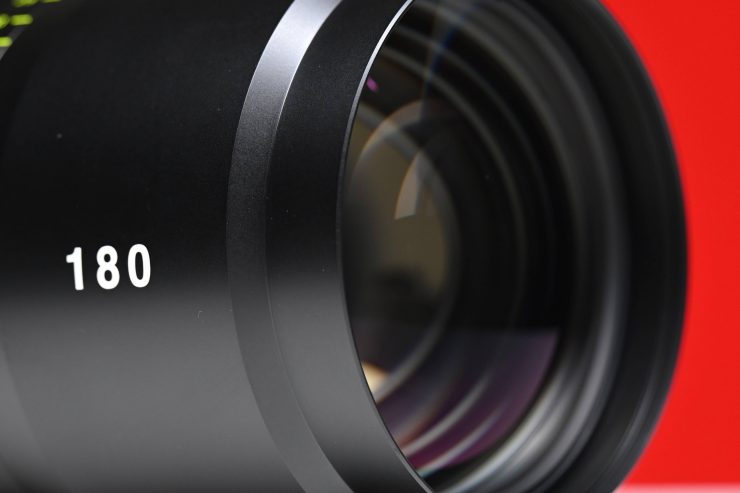
The Tokina Cinema Vista primes certainly lean more towards warm tones than say lenses from Zeiss. They have a nice amount of character and don’t appear too clinical and uninspiring. What look you actually prefer from a lens is entirely going to come down to personal choice. I really liked the warmer tones of the Tokina lenses as I found the color reproduction matched very well with my Angenieux Optimo Style zooms. This allows me to use a combination of zooms and primes while still maintaining a fairly consistent look.
The color tone of a lens is really something you should look at closely if you are going to be using both prime and zoom lenses from different manufacturers. Certain prime and zoom lenses work better together than others. What will work for you will also depend on what camera you are using.
Real World Thoughts
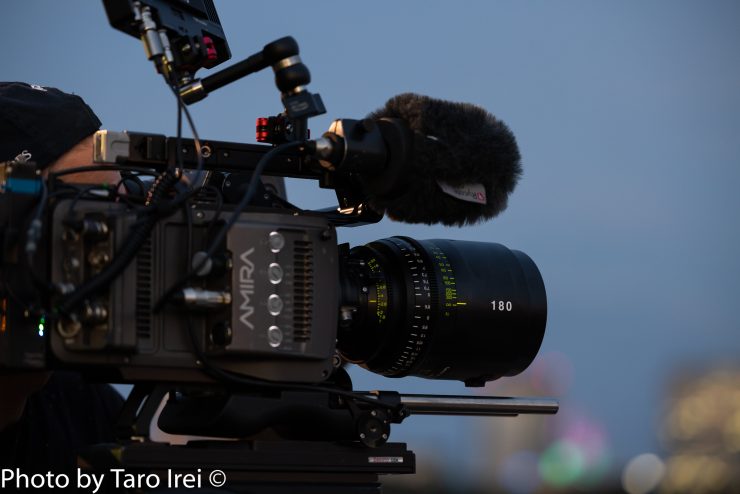
The 180mm T1.9 is in some regards a specialty lens. It’s not the most common of focal lengths for a prime and depending on whether you use it on a Super 35 or full frame sensor camera really determines what type of shots you could use it for. On full frame or larger sensors, the 180mm provides you with a nice portrait or interview focal length. On a Super 35 sensor, it gives you a decent reach and you can shoot at a T stop that is impossible to do with a zoom. I personally like fast prime lenses that have a long focal length and that is why I bought the 135mm T1.5. I tend to shoot quite a lot of my content on longer lenses and that is why I find the 180mm T1.9 to be an intriguing lens. Yes, a long focal length prime is going to have limited use compared to say a 21 or 50mm, but again, it really depends on what your needs are.
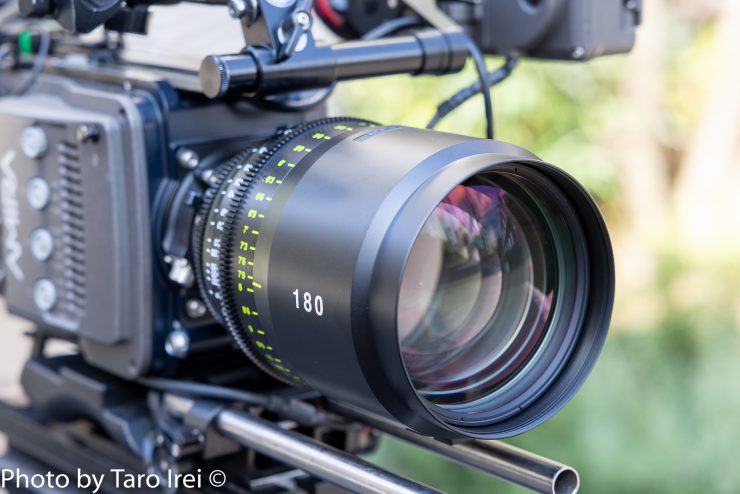
On larger productions where they want access to a wide array of focal lengths, having a 180mm in a set makes total sense. The ability to go from 18 all the way up to 180mm allows for a lot of flexibility and that is why cinema prime lens sets that consist of so many different focal lengths is more sort after than sets that only have 5-6 lenses. Rental houses are arguably more likely to carry this lens than individual owner/operators.
There is certainly no doubt about the optical performance of this lens. It is very sharp, and it produces nice bokeh. If you need to compress up your background you can certainly do that very well with the 180mm. The main benefit of a lens such as this is that it enables you to shoot in low-light environments without needing to boost up your ISO. I was able to shoot in very dark conditions and still keep my ISO to a minimum. In the above video, the highest ISO I used was 1600. Please note that I was using this lens on an S35 sensor camera for this footage.
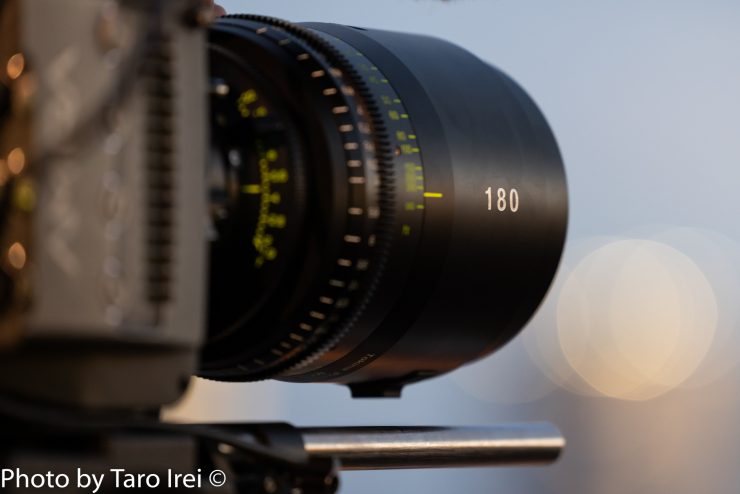
The downside to having this fast aperture and long focal length is you have to be willing to live with the size and weight of this lens. Using a prime lens that weighs in at 3.26kg is no easy task, especially if you are working by yourself or in a small team. I am used to the Tokina Vista Primes so I didn’t personally find the weight to be a big caveat.
Price
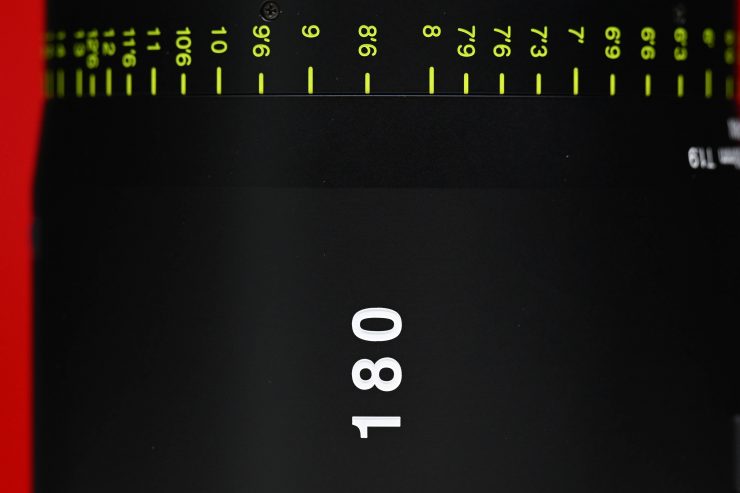
The Tokina 180mm T1.9 Cinema Vista retails for $17,999.00 USD. This makes it the most expensive lens in the series.
| PRICE | |
| Tokina 180mm T1.9 Cinema Vista | $17,999 USD |
| Leitz Cine Prime 180mm T2 | $45,000 USD |
| Cooke S7/i Full Frame Plus 180mm T2.0 | $32,000 USD |
Above you can see how the price of the 180mm T1.9 compares against the competition (prices are from B&H as of the 6th July 2022). As you can clearly see, the Tokina, although expensive, is considerably more affordable than both the Cooke and Leitz Cine.
Competition
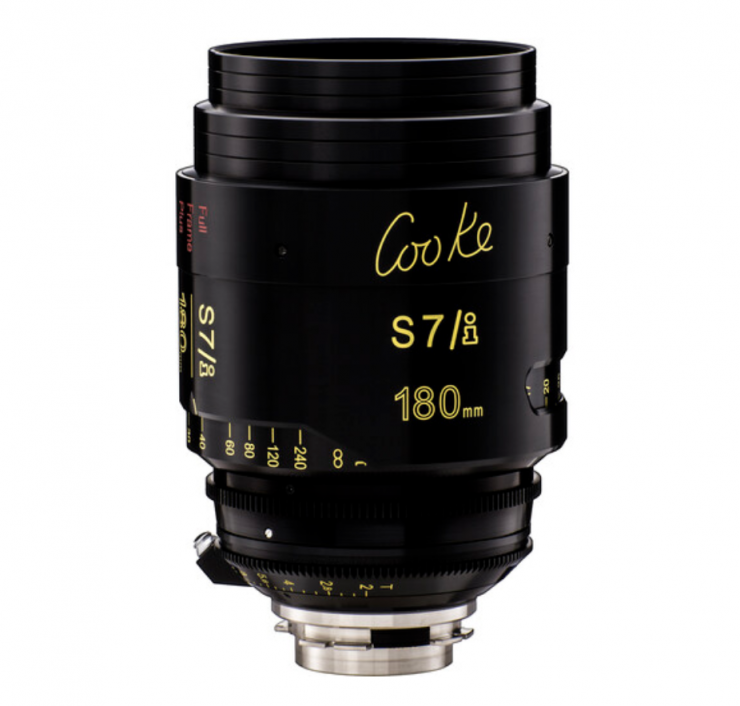
There is a lot of competition in the full frame cinema prime marketplace. Numerous established brands such as Zeiss, Canon, Sigma, Cooke, Leitz Cine, and ARRI all make full frame cinema prime lenses, as well as new budget entries from companies such as MEIKE and DZOFilm. The prices of all of these options vary dramatically from just a few thousand dollars all the way up to just below $30,000 USD.
As far as direct competition goes, the two lenses than compete directly are the Leitz Cine Prime 180mm T2 and Cooke S7/i Full Frame Plus 180mm T2.0 which I have already mentioned numerous times during this review. You could also compare it to the ARRI Signature Prime 200mm T2.5 ($36,070 USD).
Conclusion
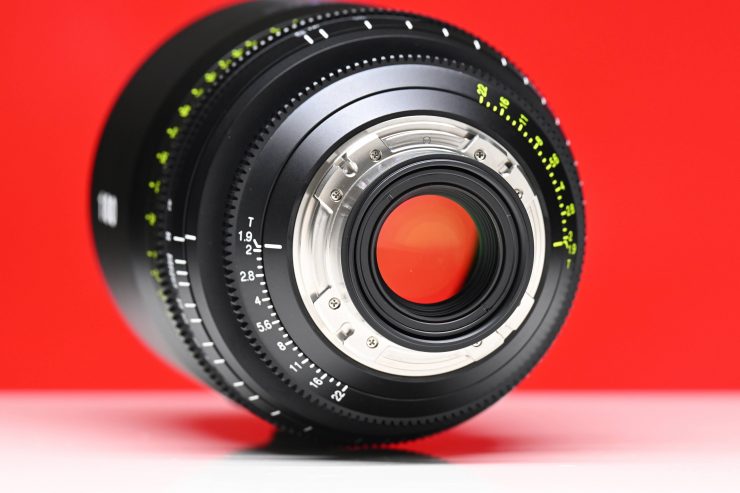
The Tokina 180mm T1.9 Cinema Vista is a beautiful lens. The caveat is that Tokina hasn’t compromised on performance, and to obtain that performance, the lens is large and heavy. You can’t take shortcuts with optical design and if Tokina had attempted to make the lens lighter and smaller they would have had to sacrifice image performance. You can’t have your cake and eat it too. It isn’t possible to make a 180mm T1.9 lens that weighs 1kg. With expensive high-end cine prime lenses, manufacturers don’t want to make compromises and hence there is a reason why they are the size, weight, and cost that they are.
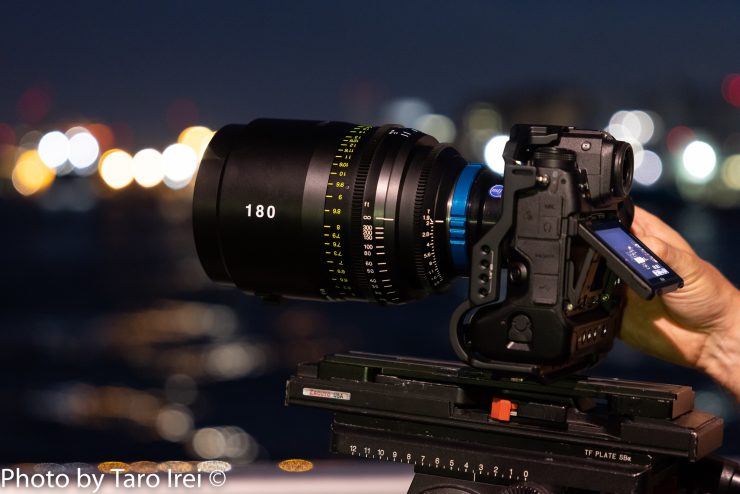
The 180mm is tack sharp (even wide open), has no chromatic aberration, and produces nice bokeh.
The lens is big and it’s heavy and you really do need to take those factors into account if you want to purchase one. Is it a lens for everyone? No, it’s not. This is a fairly niche lens, however, it does have its place, and it only adds to Tokina’s already impressive range of fast Vista Primes.

